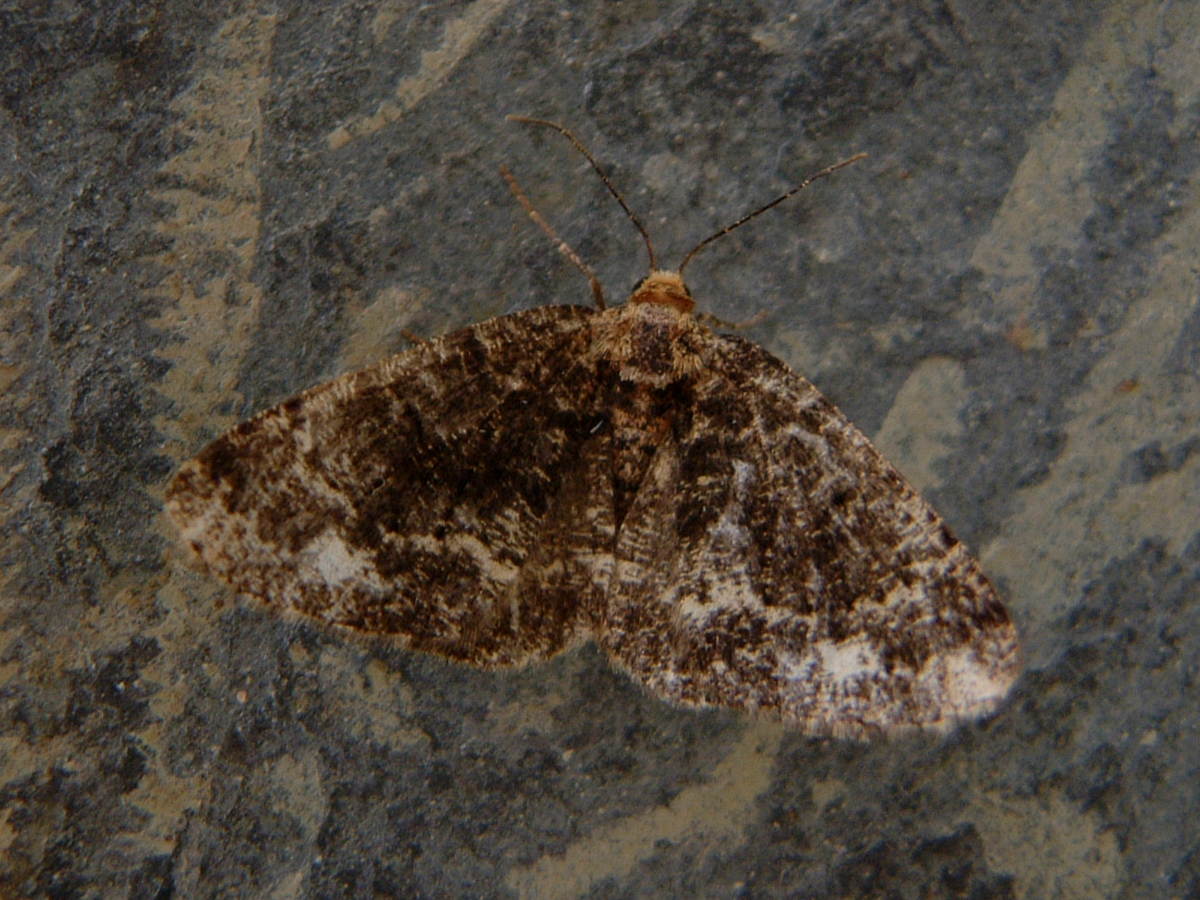
Photo © Andy Mitchell
Parectropis similaria, the brindled white-spot, is a moth of the family Geometridae. The species was first described by Johann Siegfried Hufnagel in 1767. It is found in most of Europe.
Adults are on wing in May and June.The larvae feed on the foliage of Quercus and Betula species. The larvae can be found in autumn.
Source: Wikipedia
The primary larval foodplants are Alder (Alnus glutinosa), Downy Birch (Betula pubescens), Hawthorn (Crataegus monogyna), Hazel (Corylus avellana), limes (Tilia spp.), Midland Hawthorn (Crataegus laevigata), Pedunculate Oak (Quercus robur), Silver Birch (Betula pendula), Sweet Chestnut (Castanea sativa) and willows (Salix spp.).